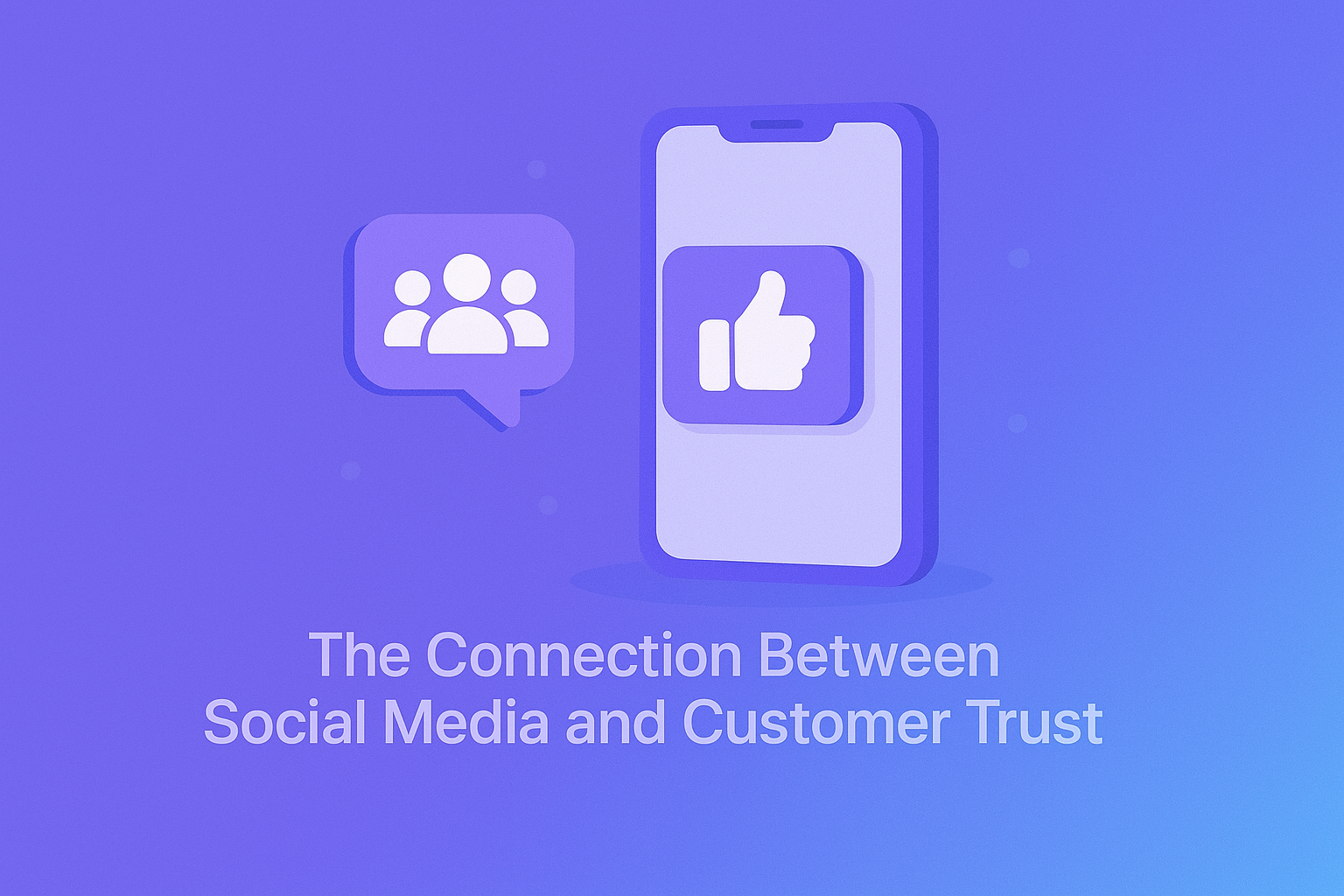When setting up your business email, you’ll often see three common terms: IMAP, POP3, and SMTP.
If you’re not a techie, they might sound confusing—but understanding them can make a big difference in how you manage your inbox, especially across multiple devices.
Let’s break down what they do, how they differ, and which one you should choose for your email setup.
📥 IMAP (Internet Message Access Protocol)
Best for: Accessing email from multiple devices
How it works:
IMAP keeps your email on the server and syncs it across all your devices.
That means:
-
When you read or delete an email on your phone, it’s marked the same way on your laptop.
-
Your inbox, sent items, and folders are always up to date everywhere.
-
Messages are stored on the server, not just downloaded.
Benefits:
✅ Ideal for teams or people with multiple devices
✅ Folder support (Inbox, Sent, Custom folders)
✅ Great with webmail and mobile access
PLiKhost recommends IMAP for most users.
📥 POP3 (Post Office Protocol v3)
Best for: Downloading email to one device
How it works:
POP3 downloads your emails from the server to your device and then deletes them from the server (unless configured otherwise).
That means:
-
Your emails live on your device—not online.
-
Once downloaded, they won’t appear in webmail or on other devices.
Benefits:
✅ Useful for offline access
✅ Saves server storage
✅ Simple setup for single-device users
Drawbacks:
⚠️ No automatic syncing between devices
⚠️ You might lose messages if your device is damaged
PLiKhost supports POP3 for users who prefer local storage.
📤 SMTP (Simple Mail Transfer Protocol)
Best for: Sending emails
How it works:
SMTP is the protocol responsible for sending emails from your email client (like Outlook or Apple Mail) to the internet and on to your recipient.
You’ll always use SMTP in combination with IMAP or POP3.
Benefits:
✅ Delivers outgoing emails securely
✅ Authenticates your identity to prevent spam abuse
✅ Works with SSL for encrypted sending
🔐 SSL Encryption (Why It Matters)
Whether you use IMAP, POP3, or SMTP—your connection should be secure.
PLiKhost includes free SSL encryption for all protocols:
-
IMAP over SSL – port 993
-
POP3 over SSL – port 995
-
SMTP over SSL – port 465 / or 587 with STARTTLS
This ensures your login details and messages are safe during transmission.
📊 Quick Comparison Table
| Feature | IMAP | POP3 | SMTP |
|---|---|---|---|
| Purpose | Read/Manage Email | Download Email | Send Email |
| Stores Emails On | Server | Device | N/A (for sending) |
| Syncs Across Devices | ✅ Yes | ❌ No | — |
| Good for Webmail | ✅ Yes | ❌ No | — |
| Requires Internet | ✅ Yes | ❌ No (after download) | ✅ Yes |
| SSL Support (at PLiKhost) | ✅ Yes | ✅ Yes | ✅ Yes |
✅ Which One Should You Use?
-
Use IMAP if: you check email on multiple devices (phone + laptop + webmail)
-
Use POP3 if: you only use one device and prefer emails stored locally
-
Use SMTP: always (for sending emails, regardless of incoming protocol)
Final Thoughts
IMAP, POP3, and SMTP are like the mail trucks and mailboxes of the internet.
They each have a specific job—and when configured correctly, they make email fast, safe, and reliable.
At PLiKhost, we support all three protocols and provide full setup instructions, plus free SSL encryption for your protection.
🟢 Explore PLiKhost Email Hosting Plans
and enjoy secure, professional email with all the tools you need.






